London Metal Exchange (LME) copper has long established itself as a key player in the global economy. As the demand for copper continues to rise across industries, understanding the dynamics of the LME copper market becomes crucial for businesses, investors, and policymakers. In this article, we will delve into the intricacies of LME copper and explore its significance in the global market. 1. LME Copper: The Basics LME copper refers to copper traded on the London Metal Exchange, a leading platform for metals trading worldwide. The LME sets global benchmark prices for various metals, including copper, by facilitating transparent and efficient price discovery through its electronic trading system.

.
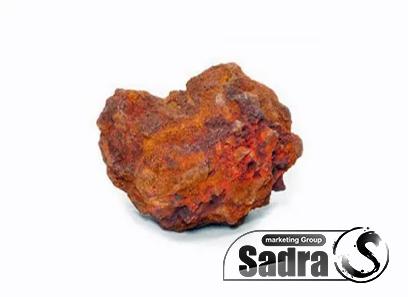 2. Role of LME in Copper Pricing LME copper acts as a vital pricing mechanism, influencing the global market. The LME provides a platform for market participants to hedge their exposure to copper price fluctuations and manage their risk. It enables producers, consumers, traders, and investors to lock in prices and protect themselves against potential losses. 3. Global Demand for Copper Copper is a versatile metal that finds applications in a wide range of industries, including construction, electrical and electronics, transportation, and renewable energy. As urbanization and industrialization progress worldwide, the demand for copper continues to soar. Additionally, the shift towards electric vehicles and the growing renewable energy sector further amplifies the need for copper, as it is a crucial component of these technologies.
2. Role of LME in Copper Pricing LME copper acts as a vital pricing mechanism, influencing the global market. The LME provides a platform for market participants to hedge their exposure to copper price fluctuations and manage their risk. It enables producers, consumers, traders, and investors to lock in prices and protect themselves against potential losses. 3. Global Demand for Copper Copper is a versatile metal that finds applications in a wide range of industries, including construction, electrical and electronics, transportation, and renewable energy. As urbanization and industrialization progress worldwide, the demand for copper continues to soar. Additionally, the shift towards electric vehicles and the growing renewable energy sector further amplifies the need for copper, as it is a crucial component of these technologies.
..
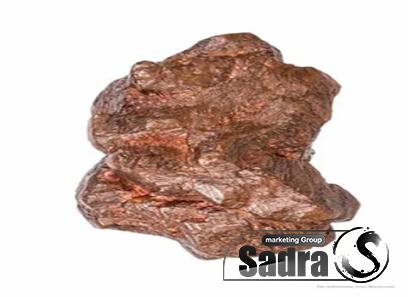 4. Supply Factors Affecting LME Copper Prices Copper supply dynamics significantly impact the pricing of LME copper. Geological, political, and environmental factors affect copper mining activities in major producing regions such as Chile, Peru, and China. Any disruption in supply can cause significant fluctuations in LME copper prices. 5. Factors Influencing LME Copper Price Volatility Apart from supply factors, other elements contribute to price volatility in the LME copper market. Macroeconomic conditions, such as global economic growth, interest rates, and currency exchange rates, can affect copper demand and subsequently impact prices. Geopolitical tensions, trade policy changes, and market sentiment also play a role in price fluctuations. 6. Global Economic Outlook and LME Copper Given its wide usage and economic importance, LME copper is often seen as an indicator of global economic health. As copper demand and prices rise, it signals increased industrial activity, investment, and infrastructure development. Conversely, a decline in LME copper prices can point to a slowdown or recessionary trends in the global economy.
4. Supply Factors Affecting LME Copper Prices Copper supply dynamics significantly impact the pricing of LME copper. Geological, political, and environmental factors affect copper mining activities in major producing regions such as Chile, Peru, and China. Any disruption in supply can cause significant fluctuations in LME copper prices. 5. Factors Influencing LME Copper Price Volatility Apart from supply factors, other elements contribute to price volatility in the LME copper market. Macroeconomic conditions, such as global economic growth, interest rates, and currency exchange rates, can affect copper demand and subsequently impact prices. Geopolitical tensions, trade policy changes, and market sentiment also play a role in price fluctuations. 6. Global Economic Outlook and LME Copper Given its wide usage and economic importance, LME copper is often seen as an indicator of global economic health. As copper demand and prices rise, it signals increased industrial activity, investment, and infrastructure development. Conversely, a decline in LME copper prices can point to a slowdown or recessionary trends in the global economy.
…
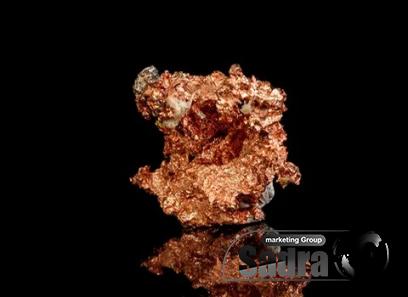 7. Opportunities and Risks for Businesses LME copper presents both opportunities and risks for businesses. Companies involved in copper mining, production, fabrication, or trading can leverage the LME to manage price risks, hedge their exposure, and secure stable income streams. On the other hand, the volatile nature of copper prices can expose businesses to financial risks if not properly managed. Conclusion: The LME copper market serves as a reference point for global copper prices and plays a critical role in shaping the metal’s overall market dynamics. Businesses, investors, and policymakers must stay informed about LME copper’s fundamentals, such as supply dynamics, demand trends, and global economic outlook, to make informed decisions and navigate the market effectively. With its strong growth potential and importance across industries, LME copper remains a valuable commodity in the global market.
7. Opportunities and Risks for Businesses LME copper presents both opportunities and risks for businesses. Companies involved in copper mining, production, fabrication, or trading can leverage the LME to manage price risks, hedge their exposure, and secure stable income streams. On the other hand, the volatile nature of copper prices can expose businesses to financial risks if not properly managed. Conclusion: The LME copper market serves as a reference point for global copper prices and plays a critical role in shaping the metal’s overall market dynamics. Businesses, investors, and policymakers must stay informed about LME copper’s fundamentals, such as supply dynamics, demand trends, and global economic outlook, to make informed decisions and navigate the market effectively. With its strong growth potential and importance across industries, LME copper remains a valuable commodity in the global market.
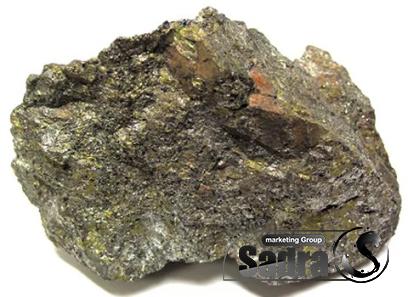
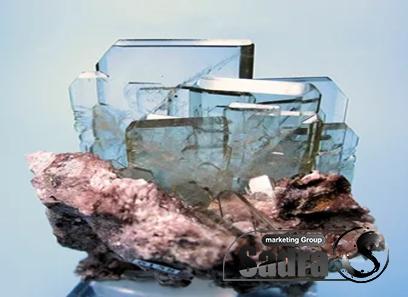
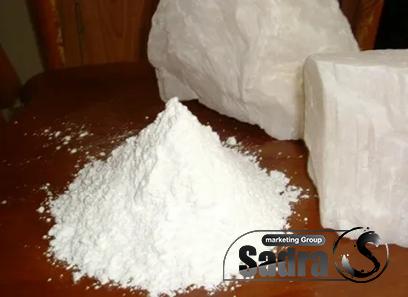

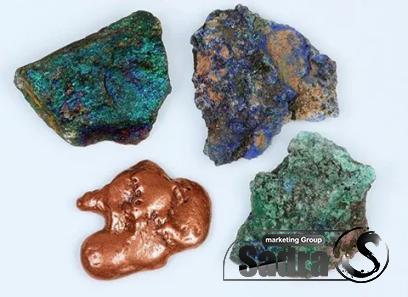

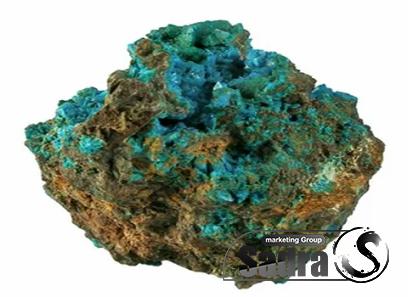
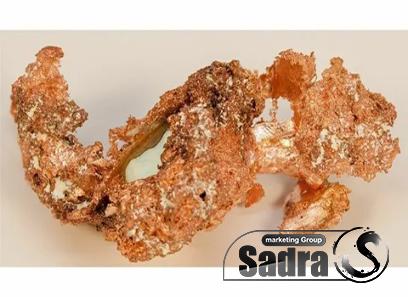
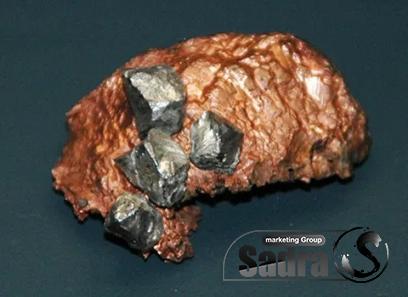
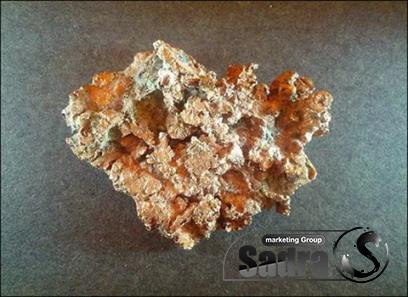
Your comment submitted.